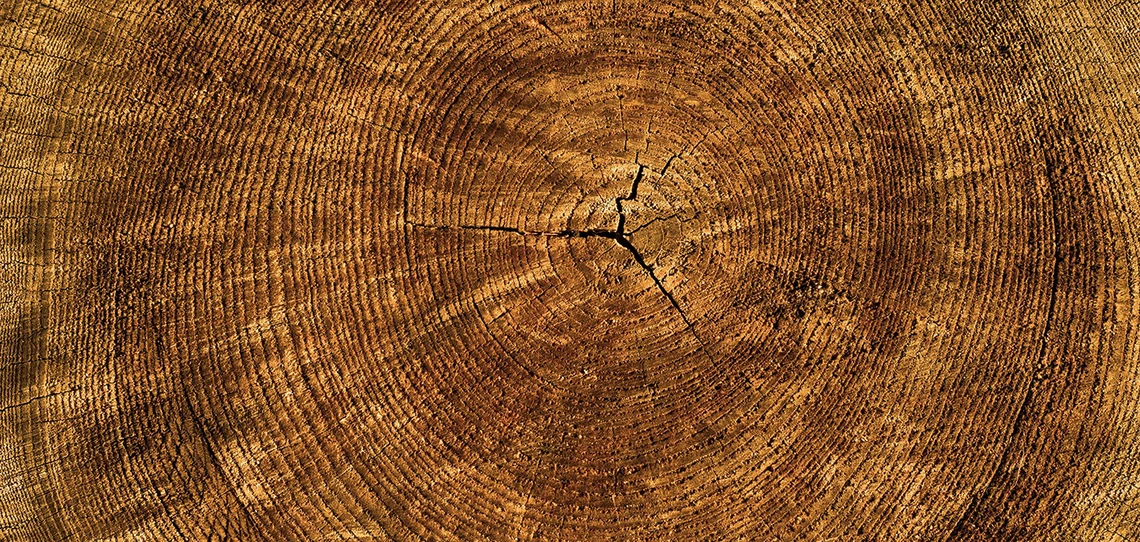U of A Scientists Use Tree Rings to Reconstruct Jet Stream History

A recent study led by U of A scientists developed new insights into the atmospheric forces that shape extreme summer weather by examining tree rings. In a study published in the journal AGU Advances, researchers used centuries of tree-ring records to reconstruct the history of jet stream patterns known as “locked” wave5 configurations, which can stall weather systems and trigger heat waves and drought across continents.
Led by former U of A post-doctoral researcher Ellie Broadman, the international research team developed the first long-term record of this jet stream behavior spanning the past 1,000 years. By comparing drought patterns preserved in tree-rings with modern atmospheric data, they revealed that La Niña winters often precede summers marked by locked jet stream waves.
These findings could strengthen early warning systems for climate events that threaten crops, food security, and human health. Broadman explains that “paleoclimate research really matters [because]…[m]odern instruments only cover the same period humans have been warming the planet, so you need the long-term view to really understand the impacts of modern climate change.”
Although the frequency of locked wave5 events has not increased, the study remarks that their impacts may intensify as global temperatures rise. This collaboration between the U of A and researchers from Columbia University, Northwest University in China, and Universidad Politécnica in Spain demonstrates that paleoclimate evidence can complement satellite observations to improve climate forecasting.

